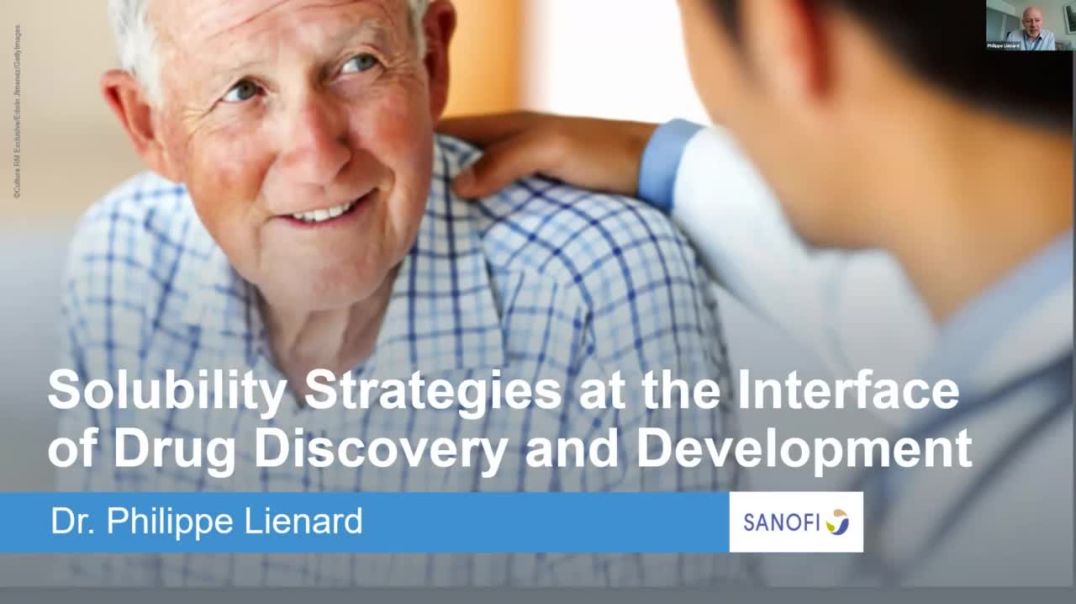Solubility Strategies at the Interface of Drug Discovery and Development | Philippe Lienard
Summary :
Nowadays, a large increase in CMC budgets and extended development time cycles are observed in small molecule projects. In the research phase, the drug molecule candidates are selected according to multi-criteria e.g. activity, selectivity, metabolism stability…and should be selected rationally according to “developability” criteria to expedite timeline, limit budget and avoid potential hurdles in the subsequent development phases. However, during drug candidate optimization phases, the low solubility has become one of the most frequent issues that prevent “formulability” into conventional dosage forms. Also, safety studies are usually problematical during of the preclinical derisking for clinical development with these limited solubility candidates. This lecture describes, in a comprehensive mode, strategies to alleviate solubility deficits at the interface between drug research and development. Solubility criteria to apply on drug candidate will be detailed. Ambitious strategies on drug candidate and concrete case studies to improve “formulability” or derisk development issues will be described.
About Author :
Philippe Lienard obtained his PhD in organic chemistry at the CNRS, French National Research Center, in Pr Husson’s team, in 1991. After having performed a post-doc in the prestigious Pr Oppolzer’s laboratory in Switzerland, he joined SYNTHELABO in 1993 in chemical development. He occupied several positions including Head of Pilot Plant for 12 years. In 2003, He was expatriated in the USA for 3 years for SANOFI, as Chemical Development Director. Back to France in 2006, he has been working within early Pharmaceutical Sciences Department for 10 years and he’s currently Pre Development Science leader for several programs at the interface of Research and Development.




